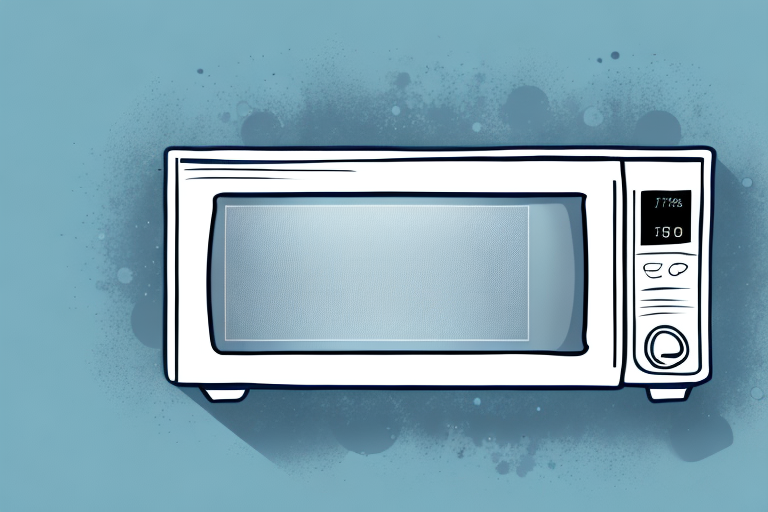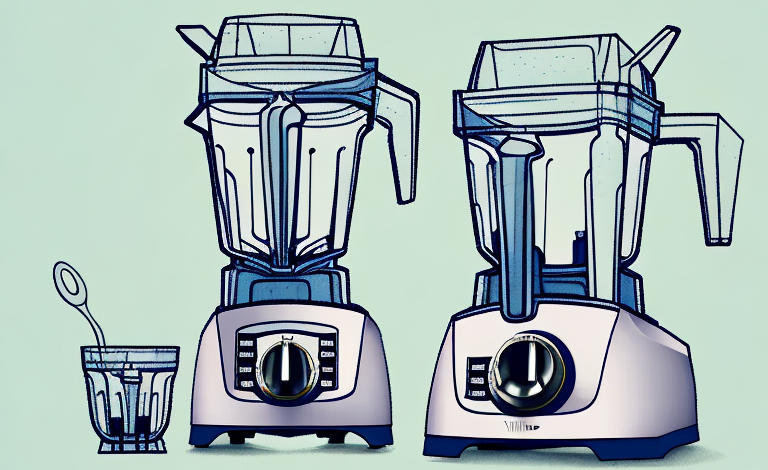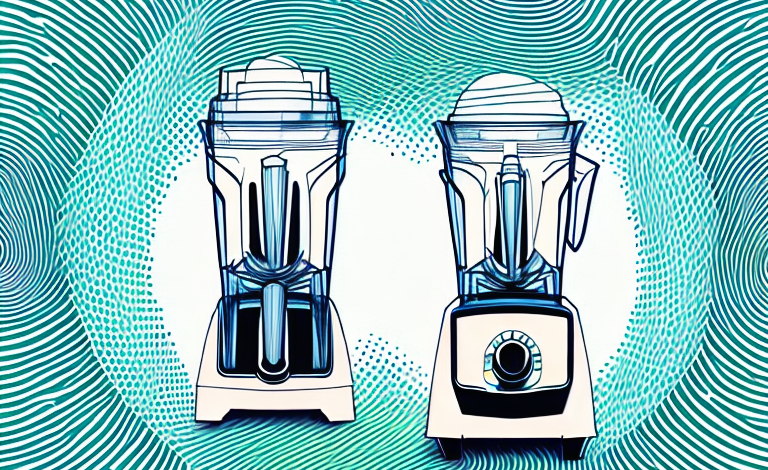Have you ever wondered why restaurant coffee tastes so much better than the coffee you brew at home? The answer lies in a variety of factors that work together to create a superior coffee experience. In this article, we will explore the science behind coffee taste and what makes restaurant coffee so special. We’ll also share tips and tricks for making delicious coffee at home that rivals your favorite café. So sit back, grab a cup of joe, and let’s dive in.
The science behind coffee taste
There are over 800 different flavor compounds in coffee that contribute to its taste, aroma, and body. These compounds are the result of a complex chemical reaction that occurs during the roasting process. Roasting coffee beans causes the Maillard reaction, a chemical reaction between amino acids and reducing sugars, which creates the brown color and distinctive coffee flavor. The degree of roast can also affect the coffee’s flavor profile, with lighter roasts providing a more delicate flavor and darker roasts offering a bolder taste.
Additionally, the origin of the coffee beans can also impact the taste. Factors such as altitude, soil type, and climate can all influence the flavor profile of the coffee. For example, coffee grown at higher altitudes tends to have a brighter acidity and floral notes, while coffee grown in lower altitudes may have a heavier body and chocolatey undertones. The processing method of the beans, whether it be washed, natural, or honey, can also affect the taste. All of these factors contribute to the unique and complex taste of each cup of coffee.
The role of water in coffee taste
The quality of water you use to brew coffee can significantly impact its taste. Coffee is 98% water, so using clean, filtered water is crucial to creating a delicious cup. The hardness or softness of water can also impact the taste of coffee. Hard water can make coffee taste bitter or metallic, while soft water can cause coffee to taste flat. Finding the right balance is key.
Another factor to consider when it comes to water and coffee taste is the temperature of the water. Water that is too hot can over-extract the coffee, resulting in a bitter taste. On the other hand, water that is too cold can under-extract the coffee, resulting in a weak and sour taste. The ideal temperature for brewing coffee is between 195-205°F.
It’s also important to note that the mineral content of water can affect the taste of coffee. Some minerals, such as magnesium and calcium, can enhance the flavor of coffee, while others, such as iron and chlorine, can give it an unpleasant taste. If you’re using tap water, it’s a good idea to check the mineral content and consider using a water filter or bottled water if necessary.
Understanding the importance of coffee brewing methods
The brewing method you choose can have a significant impact on the taste of your coffee. For example, drip coffee makers tend to produce a lighter, more delicate flavor compared to French press or espresso machines, which produce a bolder taste. Choosing the right method for the coffee you’re using can make all the difference in how it tastes.
Another factor to consider when choosing a brewing method is the level of caffeine you want in your coffee. Espresso machines produce a highly concentrated shot of coffee, which contains more caffeine per ounce than drip coffee. However, drip coffee makers can produce a larger volume of coffee, which can result in a higher overall caffeine content in your cup.
It’s also important to note that the brewing method can affect the acidity of your coffee. French press coffee tends to have a higher acidity level compared to drip coffee, which can make it more difficult to digest for some people. If you have a sensitive stomach, you may want to opt for a brewing method that produces a less acidic cup of coffee.
How grind size affects coffee taste
The grind size of your coffee can also impact its taste. Depending on the brewing method, a finer or coarser grind may be necessary to achieve the desired flavor profile. A finer grind works well for espresso or Turkish coffee, while a coarser grind is better for French press or drip coffee. Experimenting with different grind sizes can help you find the perfect cup.
It’s important to note that the grind size also affects the extraction rate of coffee. A finer grind will extract more quickly, resulting in a stronger and more intense flavor. On the other hand, a coarser grind will extract more slowly, producing a milder and less intense flavor. This is why it’s crucial to adjust the grind size based on the brewing method and desired taste. Additionally, using a consistent grind size is key to achieving consistent flavor in your coffee.
The impact of roast levels on coffee taste
The degree of roast can also affect the flavor of your coffee. Lighter roasts tend to have a more acidic, fruity flavor, while darker roasts produce a more complex, chocolatey taste. This is because roasting longer breaks down more of the coffee’s sugars, offering more flavor complexity. It’s worth exploring the range of roast levels to find the perfect balance for your taste buds.
Additionally, the roast level can also affect the caffeine content of your coffee. Contrary to popular belief, darker roasts actually have slightly less caffeine than lighter roasts. This is because the longer roasting process breaks down the caffeine molecules. So, if you’re looking for a stronger caffeine kick, opt for a lighter roast.
Why acidity and bitterness are crucial to coffee flavor
Acidity and bitterness are essential components of a great cup of coffee. Acidity provides a bright, tangy taste that enhances the coffee’s overall flavor, while bitterness adds depth and complexity. Finding the right balance between these two elements can be tricky but mastering this balance is essential for making great coffee.
Acidity in coffee is often misunderstood as being sour or unpleasant, but it actually refers to the bright and lively sensation that is experienced on the tongue. This sensation is similar to the tartness of a lemon or lime and can be described as a pleasant, refreshing acidity. The acidity in coffee is influenced by factors such as the altitude at which the coffee is grown, the type of soil it is grown in, and the processing method used.
Bitterness, on the other hand, is often associated with negative connotations, but it is an important aspect of coffee flavor. Bitterness is created by compounds such as caffeine and chlorogenic acid, which are naturally present in coffee beans. When brewed correctly, bitterness can add complexity and balance to the overall flavor profile of the coffee. However, too much bitterness can be overwhelming and unpleasant, so it is important to find the right balance between acidity and bitterness to create a delicious cup of coffee.
The difference between single-origin and blended coffees
The origin of the coffee beans used can also play a significant role in the flavor profile. Single-origin coffees come from specific regions or farms and tend to have a more distinct, recognizable taste. Blended coffees, on the other hand, are made up of beans from various sources and offer a more balanced, integrated flavor profile. Whether you prefer single-origin or blended coffees, it’s important to choose quality beans that are roasted to perfection.
Another factor to consider when choosing between single-origin and blended coffees is the level of complexity in the flavor profile. Single-origin coffees often have a more complex flavor profile due to the unique characteristics of the region or farm they come from. Blended coffees, on the other hand, may have a simpler flavor profile but can still offer a delicious and satisfying cup of coffee. Ultimately, the choice between single-origin and blended coffees comes down to personal preference and the specific characteristics you are looking for in your cup of coffee.
How the origin of beans affects coffee flavor
The location where coffee is grown can also impact its flavor. For example, coffees grown in Africa tend to have a more floral and fruity taste, while Latin American coffees often offer a more nutty or chocolatey flavor. Understanding the nuances of different coffee growing regions can help you choose the perfect beans.
The advantages of freshly roasted beans for better-tasting coffee
Using freshly roasted beans can make a significant impact on the taste of your coffee. Freshly roasted beans offer a more complex flavor profile, and their oils and aromas are more pronounced. Buying fresh, locally roasted beans or roasting your own beans at home (with caution!) is an excellent way to enjoy the best cup of coffee possible.
The role of barista skills in enhancing coffee flavor
The skills of a highly trained barista can also make a significant impact on the taste of your coffee. Creating the perfect espresso shot or latte art requires a delicate touch and attention to detail. A skilled barista knows how to tailor coffee to individual preferences, increasing the likelihood of a perfect cup every time.
Tips for making restaurant-quality coffee at home
Making delicious coffee at home is easier than you might think. Using high-quality beans, clean and filtered water, and the right brewing method and grind size are essential steps for creating a great cup of coffee. Consistency is also key, so aim for using precise measurements and consistent techniques. Following these tips can help you achieve a restaurant-worthy coffee right from the comfort of your own home.
The significance of using quality equipment for brewing delicious coffee
Using quality equipment such as a burr grinder, espresso machine or French press can make all the difference in the taste of your coffee. Investing in a durable coffee maker, water filtration system or reusable filters can also make a significant difference in the quality of your coffee. Choosing the right equipment for your brewing method and taste preferences is well worth the investment.
How to store your beans to maintain freshness and quality
Proper storage of coffee beans is also crucial to maintain their freshness and quality. Coffee beans should be stored in a cool, dry place away from light, moisture, and air. Airtight containers or valve-sealed bags are ideal for preserving freshness. Once opened, coffee beans should be consumed within two weeks for optimal taste.
The impact of milk and sugar on the taste of your coffee
Milk and sugar can also impact the taste of your coffee. Adding milk can help balance out any bitterness or acidity, while sugar can sweeten the taste. Experimenting with different milk options such as almond, oat or soy milk can also offer a unique twist to the classic cup of coffee. However, adding too much milk or sugar can mask the coffee’s natural flavors, so use moderation and experiment to find what works best.
In conclusion, the reason why restaurant coffee tastes better is due to numerous factors such as water quality, brewing method, grind size, roast level, bean origin and barista skills. Following the tips given above will help you achieve that delicious cup of coffee that you crave in your own home. Understanding the science behind coffee taste and experimenting with different brewing methods and blends is also a great way to enhance your appreciation of this beloved beverage. So go forth and brew, with confidence!



